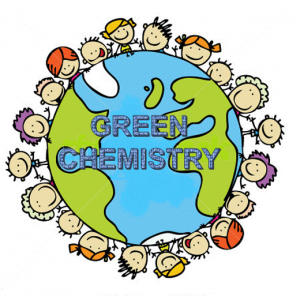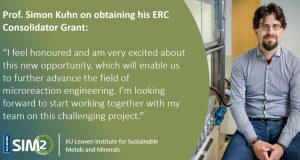How to live without a microwave? How to make popcorn? How to reheat food? It wasn’t that long ago that no one had microwaves, but nowadays this machine has become a daily tool used in every home.
Sure, ultrasound is not the most scientific of determinations, but for women living in a world before it there was no way to tell whether you were carrying a boy or a girl. Even more, this technique allows your doctor to see problems with organs, vessels, and tissues without needing to make an incision.

You may be asking yourself… what do these two techniques have in common? Both of them are green technologies used in chemistry laboratories to carry out sustainable processes. This chemistry arises from a set of ideas and the research work carried out up to 1990; in the context of a growing concern for the problems of chemical pollution and the depletion of resources.
Chemists have only been using microwaves as a reaction methodology for a few years. However the amazing results led to a flood of interest in microwave-accelerated synthesis. Some advantages of this technique are: simple and inexpensive tool, energy saving, selective heating, and reduction of reaction time.
On the other hand, ultrasound has been mainly used for extraction, electrochemical application, mixing, and cleaning.
What about applying both of them at the same time? Proffesor Cravotto´s group, in the University of Turin (Italy) modified a microwave oven by inserting in it a horn made of quartz, pyrex or ceramic. The combination of ultrasound (US) and microwaves (MW) in a single process enhances the heat and the mass transfer, as well as the catalytic effects on selected reactions.
In recent years, the technical developments have enormously extended the possibilities and applicability of the microwave and ultrasonic irradiation in organic chemistry. Simultaneous irradiation with MW and US represents an emerging technological innovation. During the last ten years, it has undergone a great increase.
Both techniques, TOGETHER, can enhance their effects still further. Both techniques, TOGETHER, can provide better results while saving energy. We all TOGETHER, can give a little bit more of us and protect our environment. We are still on time!!
Saving OUR PLANET starts with you!!
Maria Jesús, University of Turin




